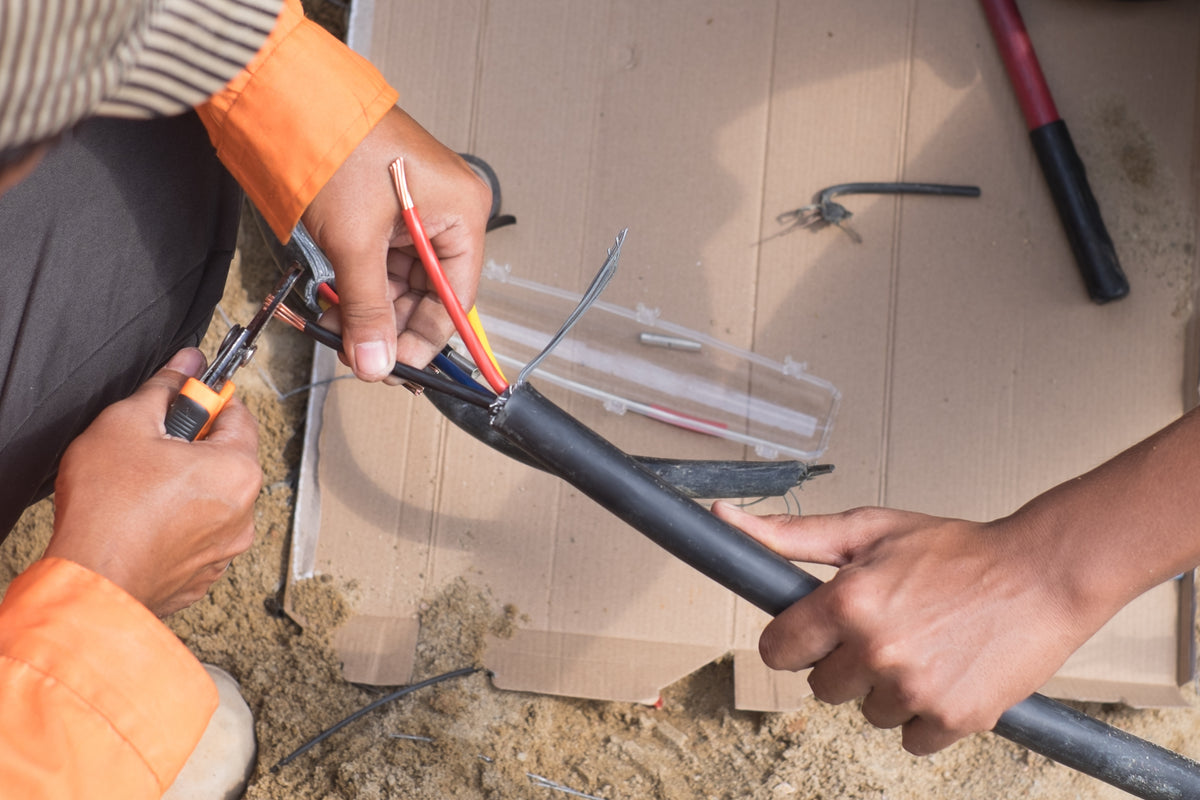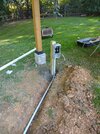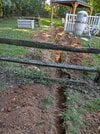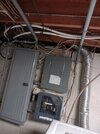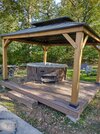If true, you got me.
What would be an example (or two) ?
The NEC Section 240.4(B) has some definitions for overcurrent devices rated 800A or Less. It states:
"The next higher standard overcurrent device rating (above the ampacity of the conductors being protected) shall be permitted to be used, provided all of the following conditions are met:
(1) The conductors being protected are not part of a branch circuit supplying more than one receptacle for cord-and-plug-connected portable loads.
(2) The ampacity of the conductors does not correspond with the standard ampere rating of a fuse or a circuit breaker without overload trip adjustments above its rating (but that shall be permitted to have other trip or rating adjustments).
(3) The next higher standard rating selected does not exceed 800 amperes."
The basic example would be a dedicated piece of equipment that is not considered a continuous load, but has a full load ampere rating of 52A. The conductor rating would need to be a minimum of 52A, so a #6 NM cable could be used (55A at 60C). The next breaker size larger that correlates with a 52A load would be a 60A breaker (since a 55A breaker does not exist). In this specific scenario, you could follow the rule above and use #6 NM on a 60A circuit breaker.
The second example could be for a continuous load of a dedicated piece of equipment that is 43A. The NEC requires a safety factor of 125% on continuous loads, thus 43A x 125% = 53.75A rating for conductor and breaker. Here a #6 NM cable would work for the load. The next available breaker size that corresponds with that load rating would be a 60A circuit breaker.
Again, I am making these fairly simplistic for the sake of describing where it could be used. Typically, the better design solution is to simply provide a conductor with a rating equal to or greater than the circuit breaker size as it is a better all-around solution.



